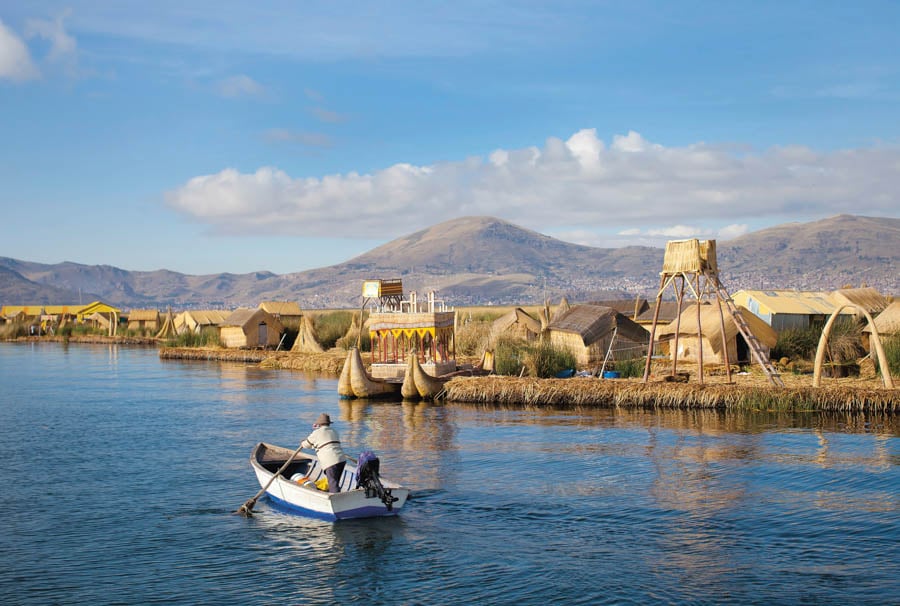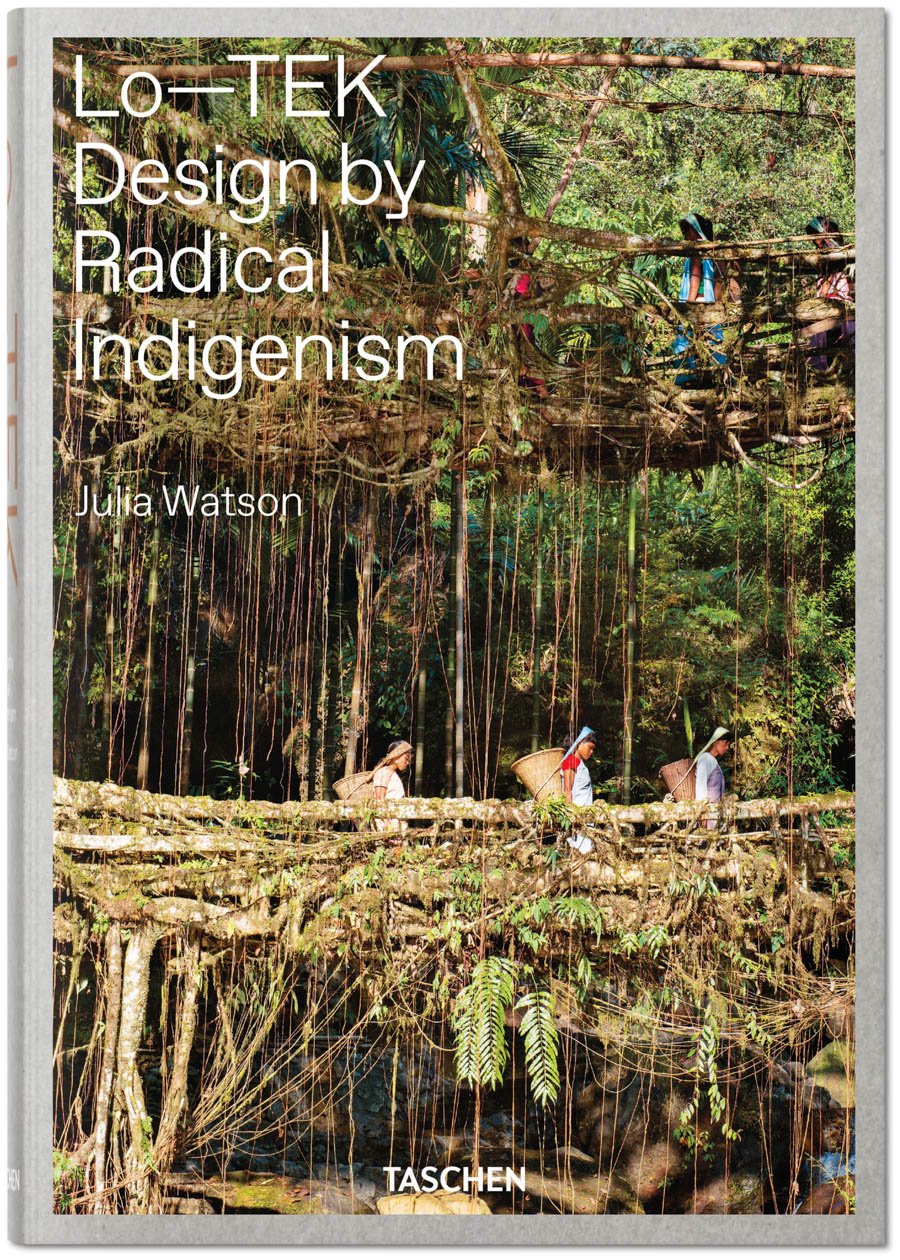
May 14, 2020
Can Indigenous Technology Point the Way to a More Sustainable Future?
A new book proposes that traditional ecological knowledge could provide a model for sustainable and resilient infrastructures.

Lo—TEK is “a design movement to rebuild an understanding of indigenous philosophy and vernacular architecture that generates sustainable, climate resilient infrastructures,” writes Julia Watson in the introduction to her book Lo—TEK. Design by Radical Indigenism. The volume takes its title from “traditional ecological knowledge,” a term used by ecologists to describe indigenous techniques for managing species and land. Over the following 400-odd pages Watson, a landscape designer and lecturer at Columbia GSAPP, offers detailed accounts of 18 such technologies developed by communities around the globe to live symbiotically with the natural environment.

Systems such as aqueducts, bridges built from living tree roots, terraced farming techniques, and forest gardens are organized by the topographical features they were built to address (mountains, forests, deserts, and wetlands). Each instance of indigenous ingenuity stems from a particular cosmology that draws on generations of ecological understanding and gives spiritual weight to the nonhuman. For the people who build them, these works of infrastructure are a form of sacred architecture. Watson suggests that their design technologies may represent a starting point for future innovations that could “shrink the ecological footprint of humankind and mitigate the forecast collapse.”
The book emphasizes the need for a radical reconfiguration of the postEnlightenment worldview, which values industrial development over traditional knowledge. It’s a welcome counterpoint to what she calls the “mythology of technology” and the narrative that sustainability is a new idea. Of course people can live in balance with the natural world; for thousands of years there was no other option.
You may also enjoy “Is No Problem Too Big for Architects to Tackle?”
Would you like to comment on this article? Send your thoughts to: [email protected]
Recent Viewpoints
Viewpoints
Navigating the Path to Net Zero







